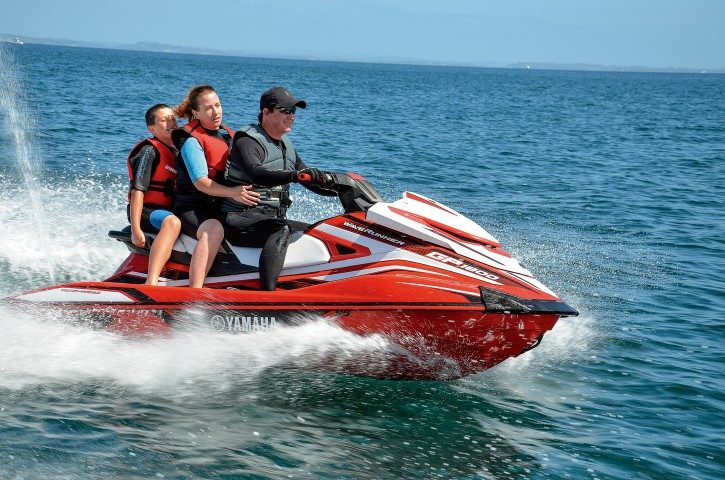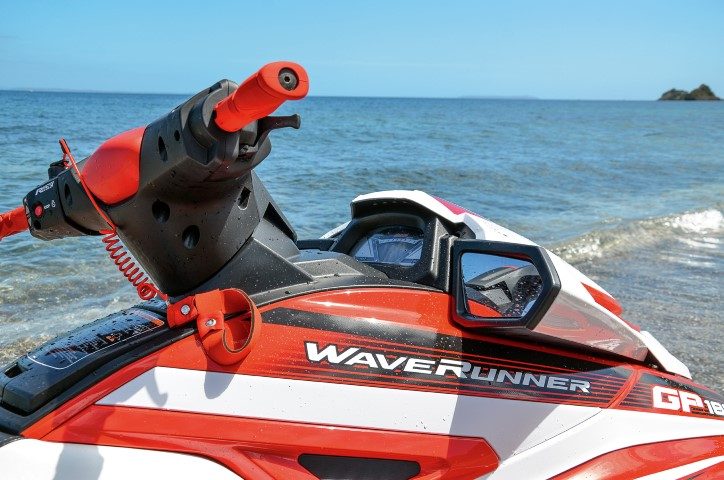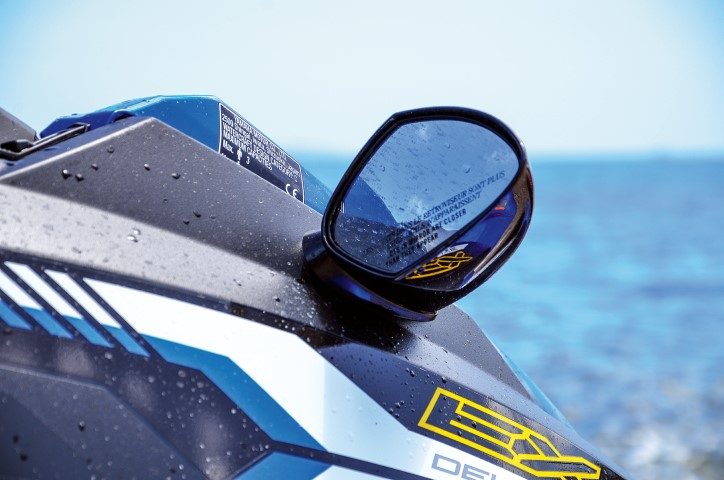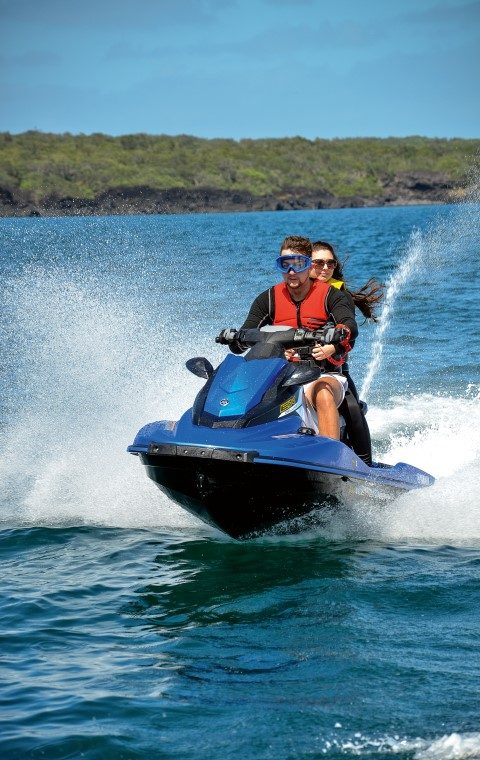‘Behemoth’ is a word which springs to mind or, perhaps more nautically, ‘leviathan’.
- Reverse with Intuitive Deceleration Electronics (RiDE)
- Versatile with plenty of storage
- Good low speed control
- Three-seat modesl
- Electronic trim system
- Supercharging on GP1800
- Family-friendly
- Technology aids safe operation
- Various models to suit different requirements
- All engines are four-strokes
















